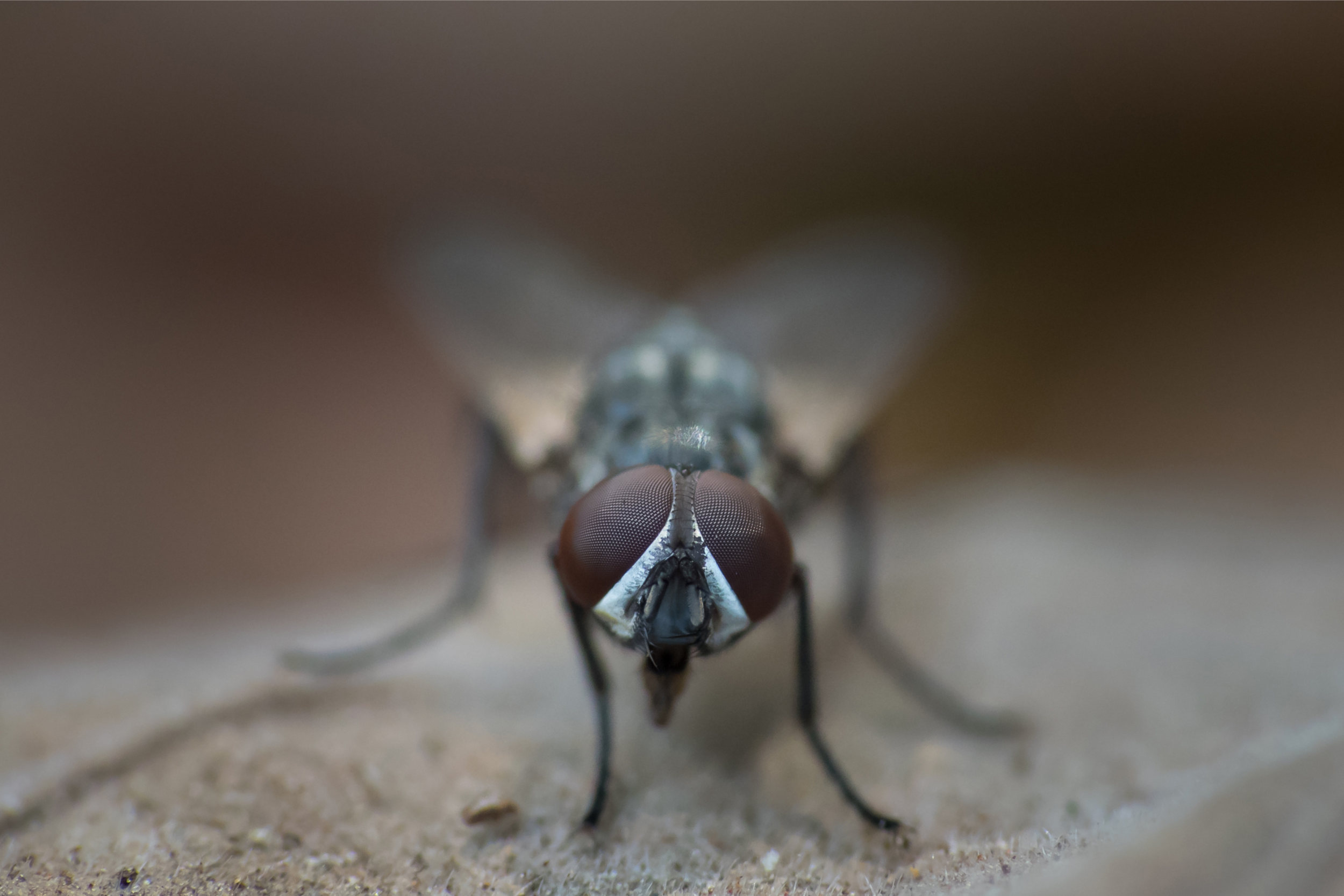ASF confirmed in Myanmar; virus hops into Siberia

With entering Myanmar, African Swine Fever is continuing its spread through South East Asia. In addition, Russian authorities have reported that the virus has been found in frontier cities close to the border with China.
Myanmar is the 4th country in South East Asia to have reported ASF, after Vietnam, Cambodia and Laos and the 8th in the whole of Asia, if also Russia, China, North Korea and Mongolia are taken into consideration.
Outbreak very close to the border with China
The outbreak was reported by the World Organization for Animal Health (OIE) on Wednesday, August 14, but occurred on August 1 already in a frontier village called Keng Tung in Shan State in eastern Myanmar. The village is located at a stone’s throw of the border with China. In the village there were 65 pigs of which 15 were found infected with the virus and 12 had already died. The remaining animals had to be culled.
More outbreak reports likely to follow in Myanmar
News about the finding was already circulating the Web last week. In an article in The Irrawaddy, it was written that the National Democratic Alliance Army (NDAA) was doing contagious pig disease control in the area. The article also stated that over 2,000 pigs have been culled – considerably more than is currently reported to the OIE. That could indicate that more outbreaks may be reported from Myanmar in the next few days and weeks.
The article also mentions pigs dying further south in Myanmar, near e.g. Tachileik, which in turn is right on the border with Thailand. So far it isn’t sure whether or not that is also due to ASF.
Virus moves into Far East of Russia
Also in Far Eastern Russia the virus has been confirmed again – and now it has shown up in the 2 districts that so far did not report any ASF before: Primorskiy Krai and Amur region. Until recently these were the only parts of the country, where not even a single ASF outbreak had been registered ever.
The 1st outbreak was reported at a backyard farm in Primorskiy Krai at roughly 5km from Russian-Chinese border on July 30. According to the OIE, this farm had 70 pigs of which 26 had died. The rest of the animals were culled.
A few days later, another ASF outbreak was registered in Amur region, 700 km north-west from the 1st outbreak, when measured in a straight line, but again close to the border with China. According to the OIE, this farm had 180 animals, of which 34 were found positive for ASF. However, Alexander Limaikin, chairman of the regional council even spoke of 700 pigs being at the affected farm, which all were culled. In addition, he said, the regional authorities ordered to withdraw and cull all pigs from neighbouring backyard farms.
Read more on ASF outbreaks in our special ASF minisite
ASF had not been reported from Eastern Russia since Nov 2017
It is the first time that ASF has been found in Eastern Russia, east of the Ural, since November 2017. In that year, the virus moved eastward, and was even reported as far east as Irkutsk. The last official report of ASF in Asian Russia came from November 2017 near Chelyabinsk, a city several 1000s of km away from where the outbreaks are found now.
It is generally believed that the virus moved from Russia into China and what appears to have happened now is that from China, it is penetrating back into Russia now.
Increasing pressure from ASF epidemic on Russia
Russian veterinary watchdog Rosselkhoznadzor issued a statement raising concerns over the increasing pressure from the continuing ASF epidemic in China on the Russian territories.
“Giving the strengthening economic and social ties between China and Russia, the increasing tourist flow, wild boars movement and possible illegal cargo transportation, the risks of penetration of ASF virus to the Russian regions from China remains high,” Rosselkhoznadzor warned.
In a separate statement, Rosselkhoznadzor said that it was officially confirmed that in Primorsk Krai the ASF outbreak was caused by infected wild boars that presumably earlier crossed the border. All governors of the Russian regions bordering with China were instructed to design and embark on some anti-ASF programmes.
“No huge impact for the Russian pig industry”
Yuri Kovalev, chairman of the Russian Union of Pork Producers told Russian newspaper Agroinvestor that the new outbreaks will not have a huge impact on the Russian pig industry.
Mr Kovalev said that the new ASF outbreaks could contribute to the bankruptcies among backyard farms in the region, adding that there were no risks to big commercial pig complexes in the region.
What did Russian pig companies learn of ASF? Cherkizovo recently shared its experiences with Pig Progress
The new outbreaks could close access for the Far Eastern pig farms to the Chinese market. Mr Kovalev said that in April of 2019 China announced plans to start importing pork from Russia, but it had to determine the safe zones first. As of today, it is hard to predict when the actual supplies of Russian pork to China could really begin, Mr Kovalev concluded.
WH Group: ASF leads to almost 17% drop in profit
It’s not only the regions at China’s borders making headlines on ASF these days. Also in China the pain is felt. WH Group, China’s mother company of Smithfield, stated that in the 1st 6 months of 2019 a 16.9% fall in profit has been made. News agency Reuters reported that the company now made US$ 463 million, compared to $ 557 million one year prior.
Read more on pig health in the Pig Progress Health Tool
“We anticipate the greatest challenge in China is the continuously soaring hog prices as a result of growing supply shortages, which will push down our packaged meats margin,” the company said in a statement.
Reuters also said that live pig prices have climbed strongly since mid-June and in some areas, such as populous Guangdong province in the south, they have doubled since April to almost 28 yuan ($ 3.96)/kg.
This article has been composed with a contribution of correspondent Vladislav Vorotnikov.











